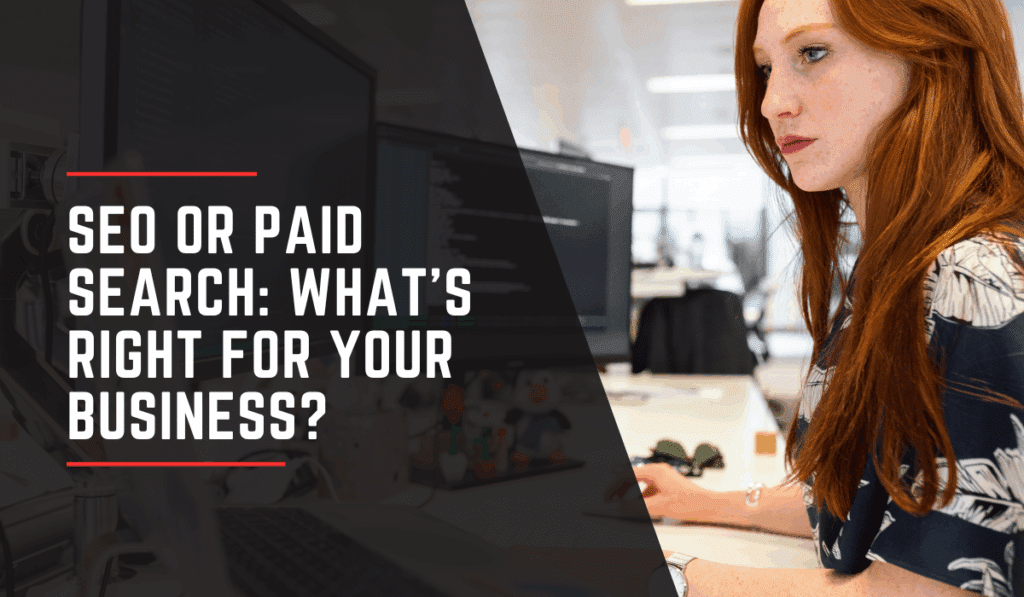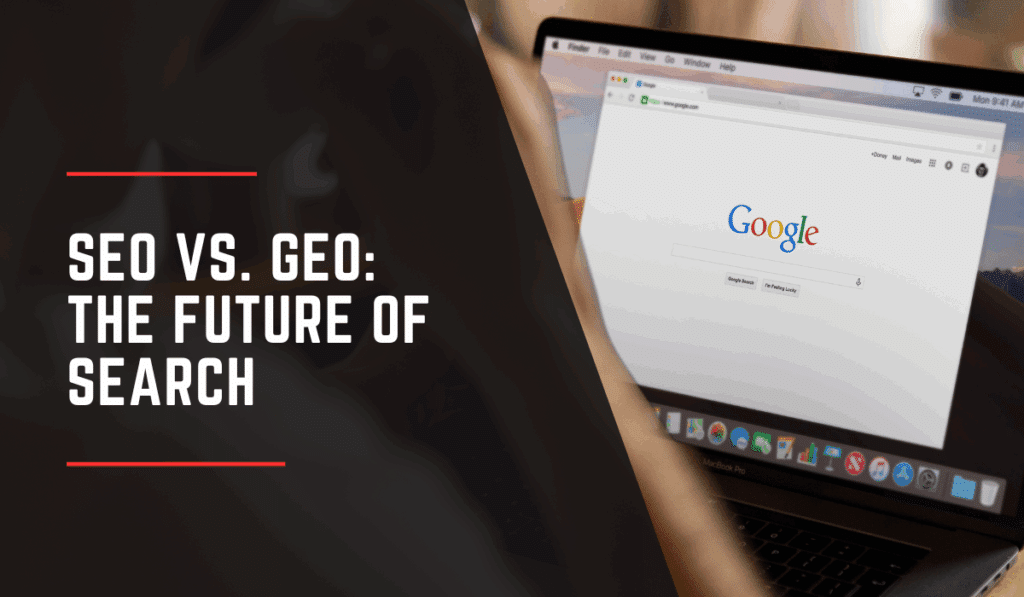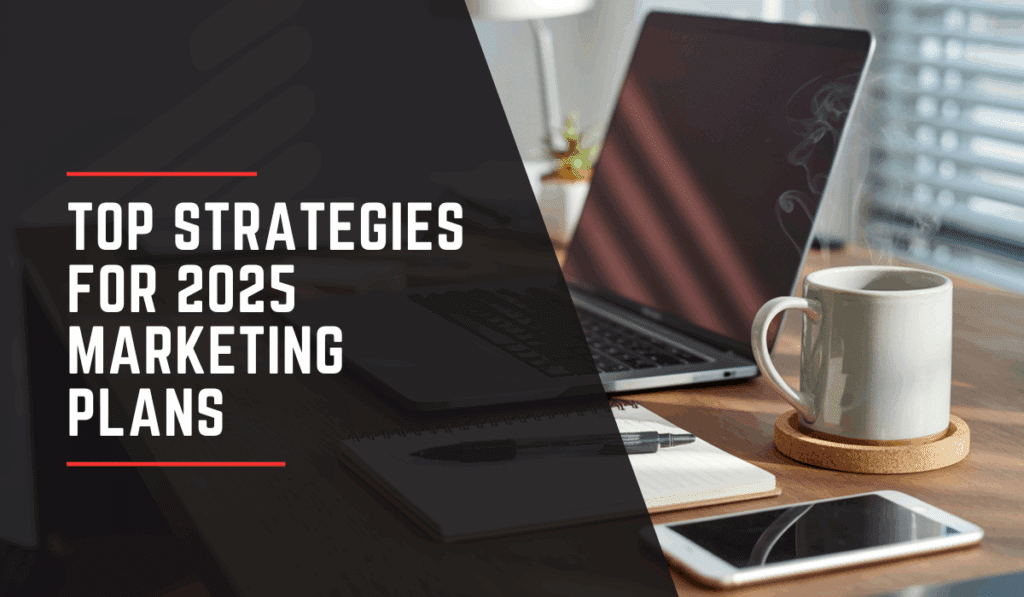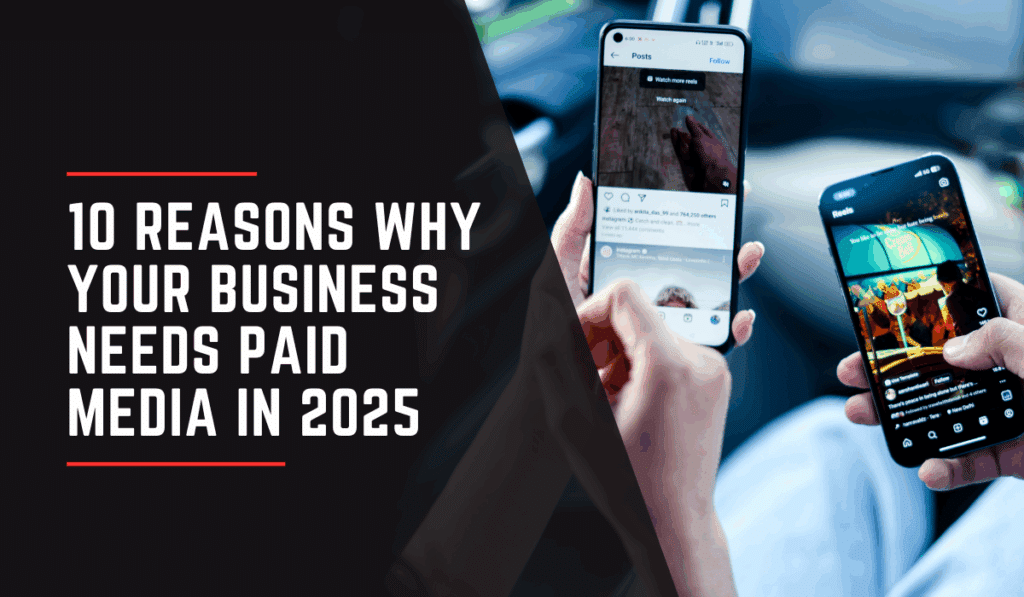SEO and paid search are foundational digital marketing channels that can help companies grow and scale their business. While many businesses find both channels beneficial, knowing which channel to allocate more resources towards will depend on your specific goals and needs.
Search Engine Optimization (SEO) Marketing Strategy
SEO stands for search engine optimization, a long-term strategy to build and maintain organic visibility in search results. To sustain SERP rankings, companies must stay up-to-date and consistently optimize content using on-page and off-site tactics, such as keyword optimization, internal linking, link building, and schema markup. Consistency and innovation help teams adapt to algorithm updates, evolving keyword intent, and AI-powered searches. However, the rise of generative engine optimization (GEO) and answer engine optimization (AEO) has changed the way businesses approach SEO strategies.
- GEO is the process of optimizing web content to get noticed by large language models (LLMs), such as Google’s AI Overviews or ChatGPT. As AI-powered search surfaces gain popularity, content should be clear, concise, well-structured, and supported by sources where appropriate.
- AEO is the process of optimizing web content to get noticed by answer experiences such as Google’s Featured Snippet or Bing Copilot. To be selected as the answer, content must be factual, concise, and well-formatted.
Paid Search Marketing Strategy
Paid search can drive results quickly and is designed to help businesses maintain a competitive edge with sponsored visibility above competitors. When used alongside a well-thought-out SEO strategy, paid initiatives can also help you gain online visibility for search queries where you lack an organic presence.
There are various types of paid search campaigns to choose from, some of which include:
- PMAX Campaigns: Designed to drive demand and increase brand awareness for new prospective audiences. These paid ads feed across Google’s entire inventory, including Search, Shopping, YouTube, Gmail, Google Discover, and Display. You provide creative assets, and Google’s AI helps determine placements and bids for maximum results.
- Shopping Listings: Visual product ads shown on Google Search (including the Shopping tab), Google Images, YouTube, and the Google Display Network. These appear at the top of the search results page in a carousel format and include key information such as product images, prices, titles, and store names.
- Search Ads (Traditional Text Ads): These sponsored results take the top slots on the SERPs and are ideal for keywords you’re struggling to rank for organically or for high-intent search queries. Search ads are popular for their flexibility—you can adjust match types, audience targeting, and bids.
- Remarketing: Designed to re-target past web visitors and customers to encourage them to continue shopping for products or services. You can build audiences using the Google Ads tag and/or GA4, then reach users on Search (RLSA), Display, YouTube, Gmail, and Shopping.
Key Differences: SEO vs. Paid Search
To determine if SEO or paid search is right for your business, there are several key factors to consider. You’ll need to consider your marketing budget, goals, and overall needs to determine which channel you should allocate the most resources to.
|
Factors |
Search Engine Optimization (SEO) |
Paid Search |
|
Time to Impact |
Long-term |
Short-term |
|
Cost Model |
No media spend; team/tools/resources cost |
Pay-per-click media spend |
|
Control |
Less control over rankings/impressions |
Precise targeting and budget control |
|
Scalability |
Slower; compounds with consistent investment |
Faster; scales with budget and coverage |
|
Risk |
Algorithm volatility; slower feedback loops |
Spend inefficiency; auction volatility |
|
Measurement |
Organic traffic, rankings, impressions, and conversions |
CPC, CPA, CVR, ROAS, and conversions |
| Best for | Long-term growth and authority |
Short-term goals and testing |
When to Choose SEO
SEO is a worthwhile marketing channel for different businesses across various industries. It’s also resource-efficient and doesn’t require media spend to maintain consistency or achieve results.
Patience is key. SEO is a long-term strategy that must be maintained to achieve long-term growth and establish brand authority. Focusing on evergreen topics with timeless appeal can help establish credibility and drive consistent increases in organic traffic over time.
While it may take some time to see organic results, SEO strategies must be nurtured. Think of SEO as a continuous cycle: audit, plan, execute, measure, and maintain. Once you’ve implemented a strategy, the work doesn’t stop there. While planning and executing your current approach, you’ll also need to test new ideas. Experimentation helps uncover new opportunities, validate assumptions with data, and adapt to changes from Google updates and the rise of AEO/GEO.
The testing and experimenting stage is foundational to search engine optimization, and if you aren’t running tests, your competitors definitely are. For example, in 2023, Google ran over 16,871 live traffic experiments of a specific search feature before launching it to the public. They also ran 719,326 search quality tests to measure the quality of content in the search results.
The more time and energy you put into fine-tuning your strategy through experimentation and innovation, the better the results over time.
When to Choose Paid Search (PPC/Google Ads)
When you need measurable results quickly and can precisely match offers to intent, paid search is the best strategy. With paid search and PPC, you can get promotional offers noticed by prospective audiences and bring awareness towards big product launches. Granular targeting and bidding can improve conversion efficiency by aligning ads with high-intent queries and audiences.
Paid tactics can also be used to increase demand while your organic SEO strategy works in the background. The paid tactics you choose to prioritize in your strategy will vary, depending on your industry and business goals. For example, if you’re an e-commerce, you’ll likely want to focus on shopping listings, PMAX, and remarketing campaigns. Together, these paid campaigns will work to catch consumers at every part of the sales funnel. However, if your priority is catching high-intent customers or lead generation, search campaigns will likely be a better fit paired with focused landing pages and strong forms/CTAs.
The Smart Mix (SEO + PPC Together)
Many businesses find that blending SEO with PPC provides the best results. While optimizing web content through SEO initiatives, you can use PPC for quick wins and revenue growth. If you’re struggling to rank for specific keywords, PPC can be used to fill in the gaps and help you maximize your coverage. Using both strategies to complement one another is the best way to achieve a multi-channel approach. When utilizing both SEO and PPC together, consider your goals, constraints, and pain points to determine which strategy is prioritized over the other.
Marketing Funnel Fit and Audience for SEO vs. Paid Search
SEO often excels at top and mid-funnel demand creation and education, while PPC shines at bottom-funnel capture, but ultimately, both can contribute across the funnel with the right tactics.
|
Marketing Funnel |
Search Engine Optimization (SEO) |
Paid Search |
|
Top |
Evergreen content; informational blogs; infographics; soft CTAs; broad topical coverage |
Prospecting via PMax/Demand Gen; non-brand search |
|
Middle |
How-to guides; comparison charts; interactive calculators; case studies |
Comparison keywords; review-based ads; competitor terms |
|
Bottom |
Testimonials; demos; product/service pages; FAQs |
High-intent keywords; custom landing pages; lead forms |
Mixing SEO and PPC for E-Commerce vs. Lead Gen Nuances
Understanding your goals and business needs is vital to the success of blending both strategies. For example, the conversion process for e-commerce vs. lead generation requires different approaches because lead generation typically has a longer funnel process. Here’s how initiatives may differ:
|
Marketing Channel |
Search Engine Optimization (SEO) |
Paid Search |
|
E-Commerce |
Product schema; on-page optimization; FAQs; product descriptions; reviews/testimonials |
Shopping ads/listings; Performance Max (PMax) |
|
Lead Gen |
UX optimization; local SEO; location pages; backlink strategy |
Exact-match themes with negatives; custom landing pages; clear CTAs |
Start Your Omni-Channel Approach With Kanbar Digital
When comparing SEO vs PPC, you’ll find that having a strategy for both marketing channels will deliver the best results and help you create an omnichannel approach. Taking an omnichannel approach to your marketing strategy is the best way to ensure all aspects of your funnel work together to complement your short and long-term goals.
Ready to get started? Kanbar Digital is here to help. Our SEO and PPC experts will help uncover the challenges and pain points in your current strategy. From there, we’ll fine-tune your approach to complement your goals, ensuring that all aspects of your marketing funnel work together.





